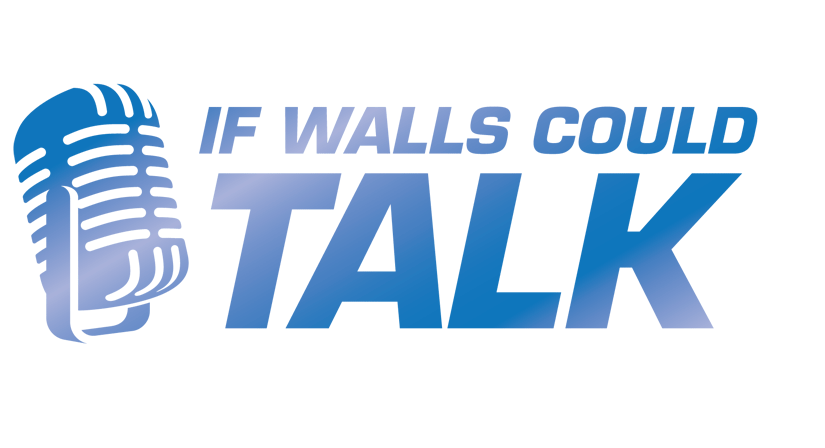Legal Insights
VIDEO: Do You Know Your Company’s Policy on Marijuana Use?
Trent Cotney gives us an update on this controversial issue of monitoring weed and how OSHA deals with consumers of the drug.
In this episode of If Walls Could Talk, Group Publisher Jill Bloom talks with Trent Cotney, partner with Adams & Reese, about this peculiar and controversial issue.

Do You Know Your Company’s Policy on Marijuana Use?
In this episode of If Walls Could Talk, Jill Bloom and Trent Cotney discuss the complexities of marijuana use in the construction industry. Cotney addresses the challenges employers face due to varying state laws on marijuana legalization, emphasizing the importance of safety and supervisor training to identify impairment. He also highlights the difficulties of maintaining a drug-free workplace, considering testing limitations and insurance requirements, which often necessitate policy re-evaluations for contractors.
Cotney fields a lot of questions in regard to the law and one that he is asked about frequently is weed in the workplace. What are these questions?
The question surrounding marijuana and as it relates to the workplace started when some states began legalizing the drug for recreational or medicinal purposes. And as you started seeing these changes, Cotney says, employers in the construction industry have started to ask themselves how to deal with it from a safety/employment/drug-free perspective.
Regardless of sub-labor or not, skilled labor is still the biggest issue in construction. There’s been a lot of resurgence in these questions as it’s an election year and every state is still trying to figure these issues out. For example, in Florida, this issue is on the ballot for November for recreational use—all signs point to it being passed as legal.
“What I try to coach and talk to contractors about is that safety always trumps everything else,” Cotney says. “The first thing you want to do is make sure your supervisory staff, project managers, whoever is running a job, can adequately identify the signs of impairment. It would be the same as if they were drunk or on prescription painkillers. You make sure you’re running a safe work site—not only for the user but for the other workers there. Part of that is to make sure your supers and generals have adequate training and know how to identify the signs of use and how to deal with it. Always have two people issue any type of discipline to a worker who clearly is using.”
Cotney says it’s important to have language written in your safety document that clearly outlines what this entails.
The other thing he gets asked a lot is how to navigate this issue with my drug-free workplace requirements. Testing for marijuana is not that good right now. There’s an issue now and contractors are still trying to figure this out. It may require some internal re-evaluation of your own policies.
Another option is called the Second-Chance Agreement, which basically means if you “pop” once, then the worker using that shows signs of using gets a chance to take another test. But the problem with this is that the insurance companies dictate the policies for a drug-free workplace. The workers’ comp insurance companies say, “Here’s what you need to have and we may give you a reduction in your premiums if it’s a drug-free workplace and you are following these things.”
The problem with that is that it’s hard to restrict anything that happens off-site and during non-working hours but can still potentially be in one’s system, Cotney says.
This is a complicated issue and there are a lot of things to navigate. But still, for all the generals/supers on jobsites that see signs of worker drug abuse/signs, know what your company policy is.
Cotney goes on to discuss best practices for all employees trying to figure out this skunky issue.
Looking for a reprint of this article?
From high-res PDFs to custom plaques, order your copy today!








